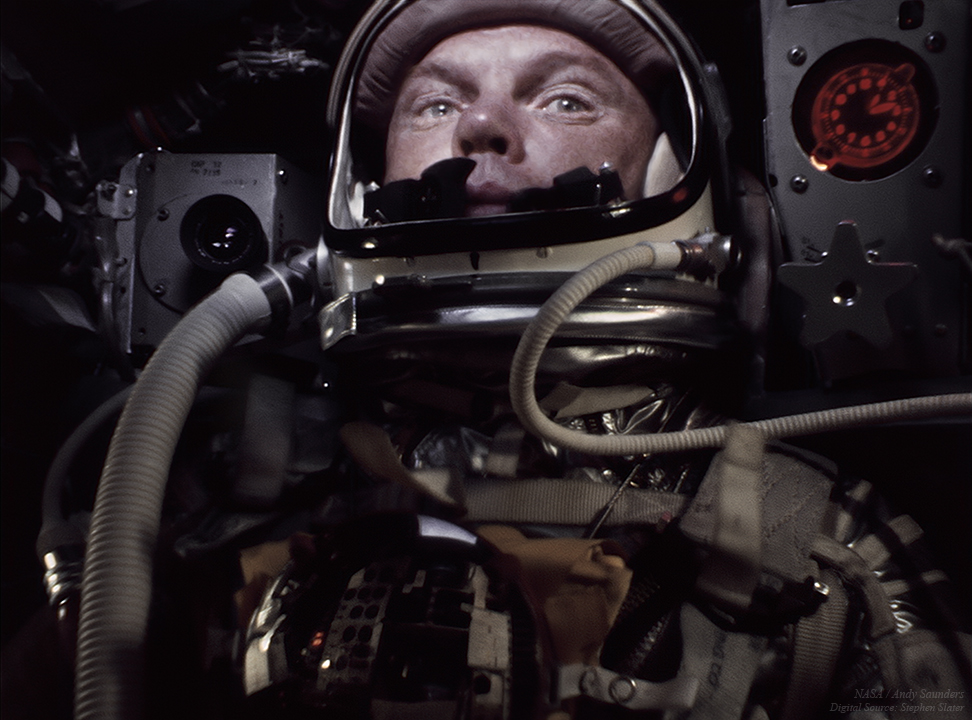
50 years ago today, Apollo 16 passed by the far side of the #Moon, out of contact with #Earth, and encountered serious problems.
The problems facilitated this photograph. One of my favourites - it instantly conveys the awe-inspiring nature of human space exploration: 1/7
The problems facilitated this photograph. One of my favourites - it instantly conveys the awe-inspiring nature of human space exploration: 1/7

Due to a problem with the SPS engine (needed to get them home), the crew had to station-keep for 4 hours while Mission Control considered whether the landing should be aborted. Even an Apollo 13-style use of the LM's descent engine to propel them home was being considered. 2/7
The crew struggled to keep track of each other as they tried to stay no more than one mile apart and the radar only intermittently 'locked-on'. A complex rendezvous was eventually required too. The following is a summary from the mission transcripts of these moments... 3/7
..they are an incredible reminder of the risks that were taken during Apollo and that these guys really were actively flying these rudimentary-looking spacecraft around the Moon. A far cry from today's spaceflight.
4/7
4/7

• • •
Missing some Tweet in this thread? You can try to
force a refresh










